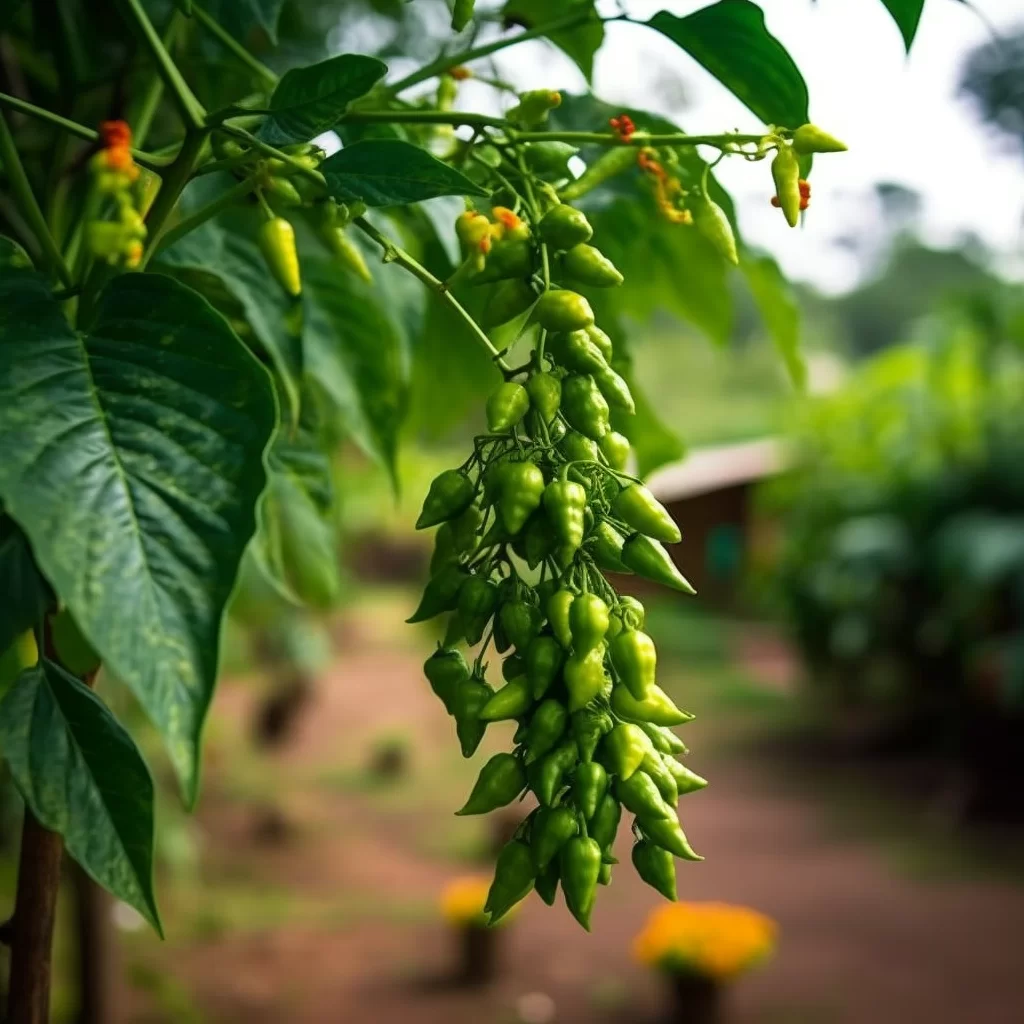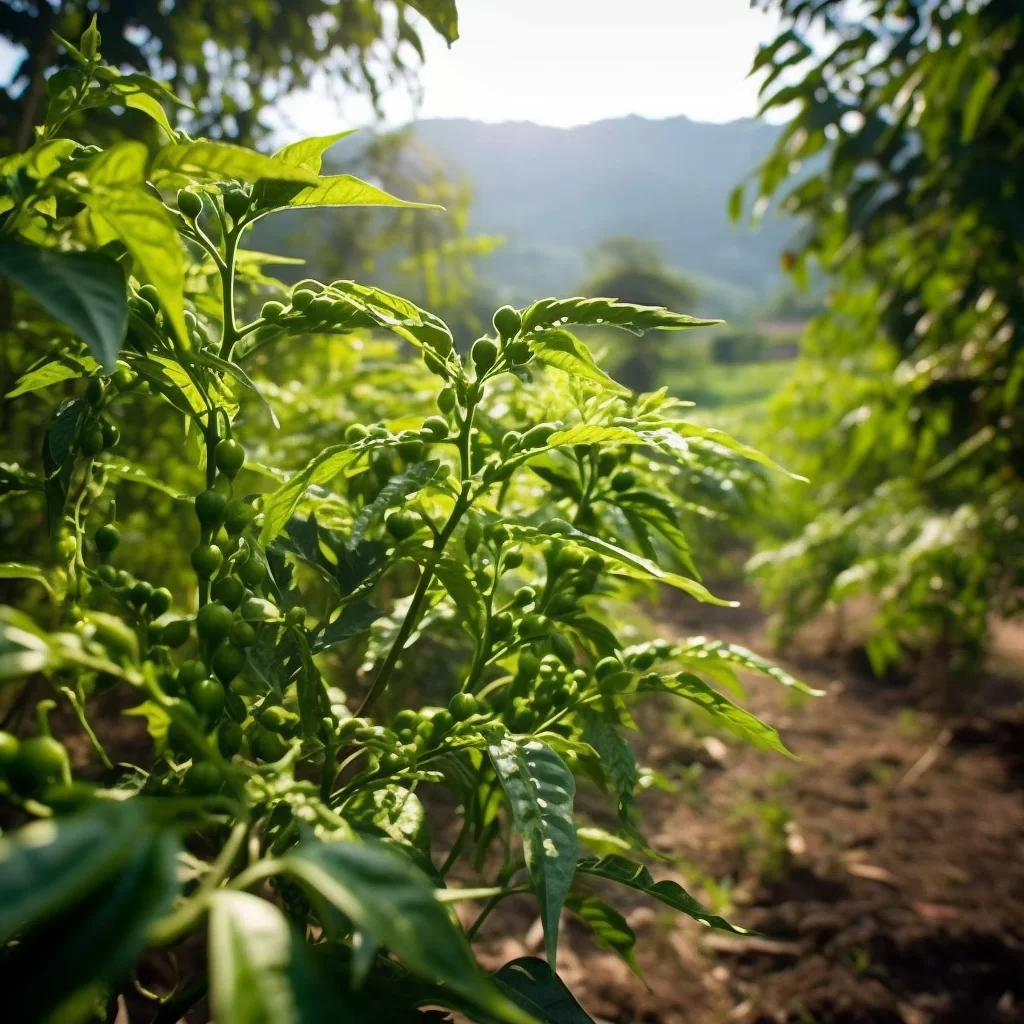Story of Day :
Contents
The Ancho Pepper Plant: A Complete Guide and Care Tips
Are you looking for a plant that adds spice to your garden and your cuisine? Meet the ancho pepper plant, also known as Poblano pepper! This versatile pepper will not only add flavor to your dishes but also bring color and beauty to your garden.
In this article, we’ll give you a complete guide on how to grow, care for, and harvest ancho peppers.
What are Ancho Peppers?
- Ancho peppers are native to Mexico and are widely used in Mexican cuisine.
- Their scientific name is Capsicum annuum.
- Anchos are dried poblano peppers with a sweet, smoky taste.
- In their fresh form, they have a mild heat level of around 1,000-2,000 Scoville heat units (SHU).
Growing Ancho Peppers
Planting Time:
- You can start planting ancho pepper seeds indoors about eight weeks before the last frost date in spring or sow them directly into the soil after the threat of frost has passed.

Sowing Method:
- If you’re sowing indoors: Fill seed trays with soil mix up to three-quarters full.
Plant one ancho pepper seed per cell at a depth of one-quarter inch into the soil mix.
Water gently but thoroughly until moistened throughout.
Cover loosely with clear plastic wrap or dome lid until they sprout in two weeks.If sowing outdoors: Choose well-draining loam soil that’s rich in organic matter such as compost or worm castings.
Plant ancho pepper seeds 18-24 inches apart and one-quarter inch deep.
Water immediately after planting and keep the soil moist until they germinate in two weeks.
Soil Requirements:
- The ideal pH for ancho peppers is 6.2 to 7.0
- Anchos prefer well-drained soil that’s rich in organic matter such as compost or worm castings.
Sunlight Requirements:
- Ancho peppers love full sun, so ensure they receive at least six hours of sunlight daily.
Caring for Ancho Peppers

Irrigation:
- Anchos need consistent moisture, so water them regularly but avoid overwatering since it can cause root rot.Avoid watering from overhead to prevent fungal diseases, instead use a drip irrigation system or water the base of the plant directly </lil
Fertilization:
- Anchos are heavy feeders, so you’ll need to fertilize them at least once a month with a balanced fertilizer containing nitrogen (N), phosphorus (P), and potassium (K).</lil
- You can also use compost tea or liquid fish emulsion as organic fertilizers every two weeks </lil
- You should stop fertilizing your plants around August since you don’t want any new growth when cooler weather sets in.
Pests and Diseases:
Ancho peppers may be subject to some pests and diseases like aphids, spider mites, thrips, powdery mildew among others.
You can use organic insecticides and fungicides to control the pests and diseases.
Harvesting Ancho Peppers
Anchos take around 75-85 days to mature.
They start out green, then turn reddish-brown when fully ripe.
Here’s how to harvest ancho peppers:
- Cut the ancho pods off the plant with scissors or pruning shears.
- Wear gloves while harvesting as some people may experience skin irritation from handling hot peppers
- If you’re not using them immediately, you can dry them for future use by hanging them in a cool, dark place until they have completely dehydrated</lil
Conclusion
 Growing ancho peppers is easy and rewarding.
Growing ancho peppers is easy and rewarding.
Whether you want to add color and beauty to your garden or make spicy dishes, this pepper will give you both.
Follow our guide on growing, caring for, and harvesting ancho peppers for a bountiful harvest that will add flavor and spice to your life!